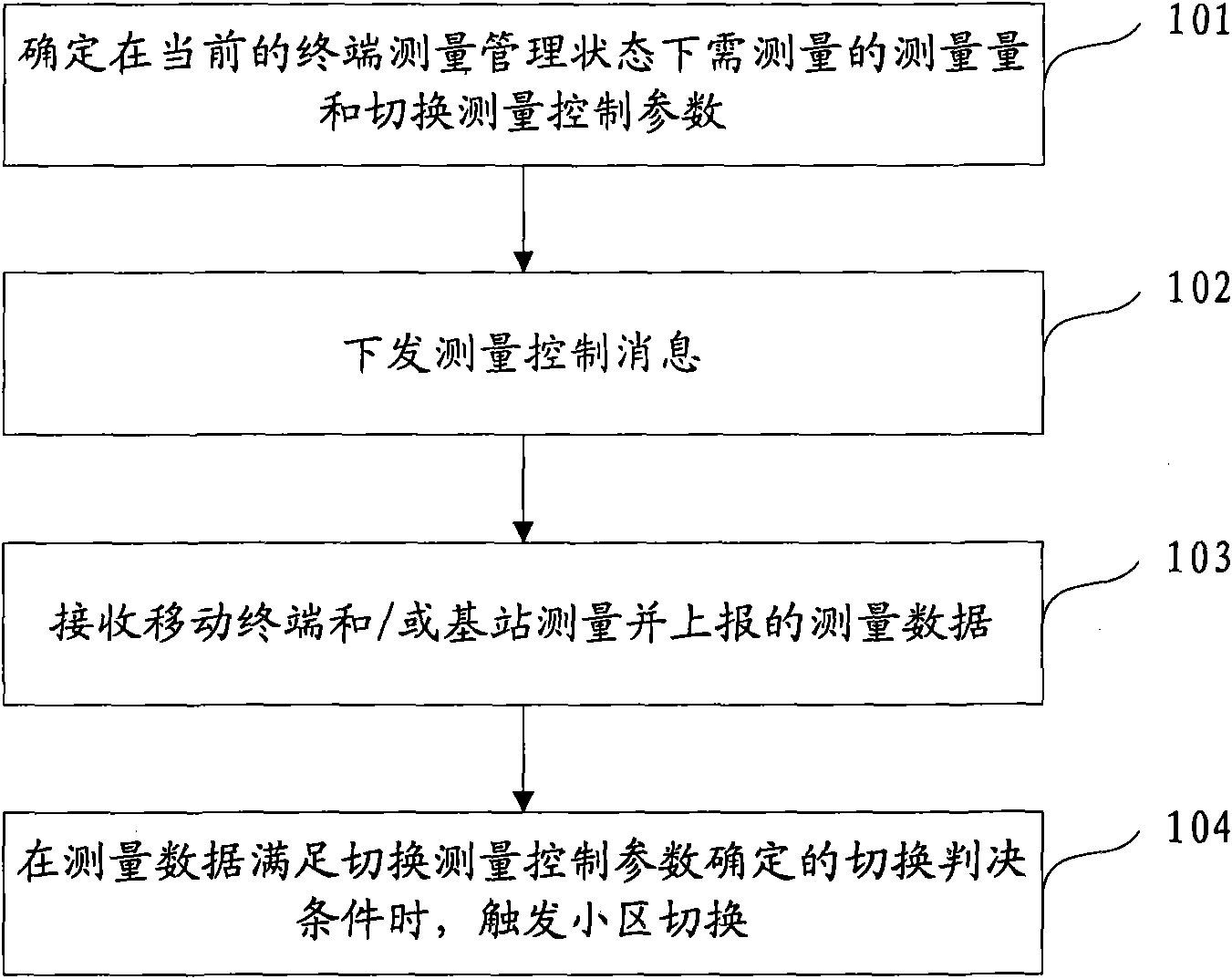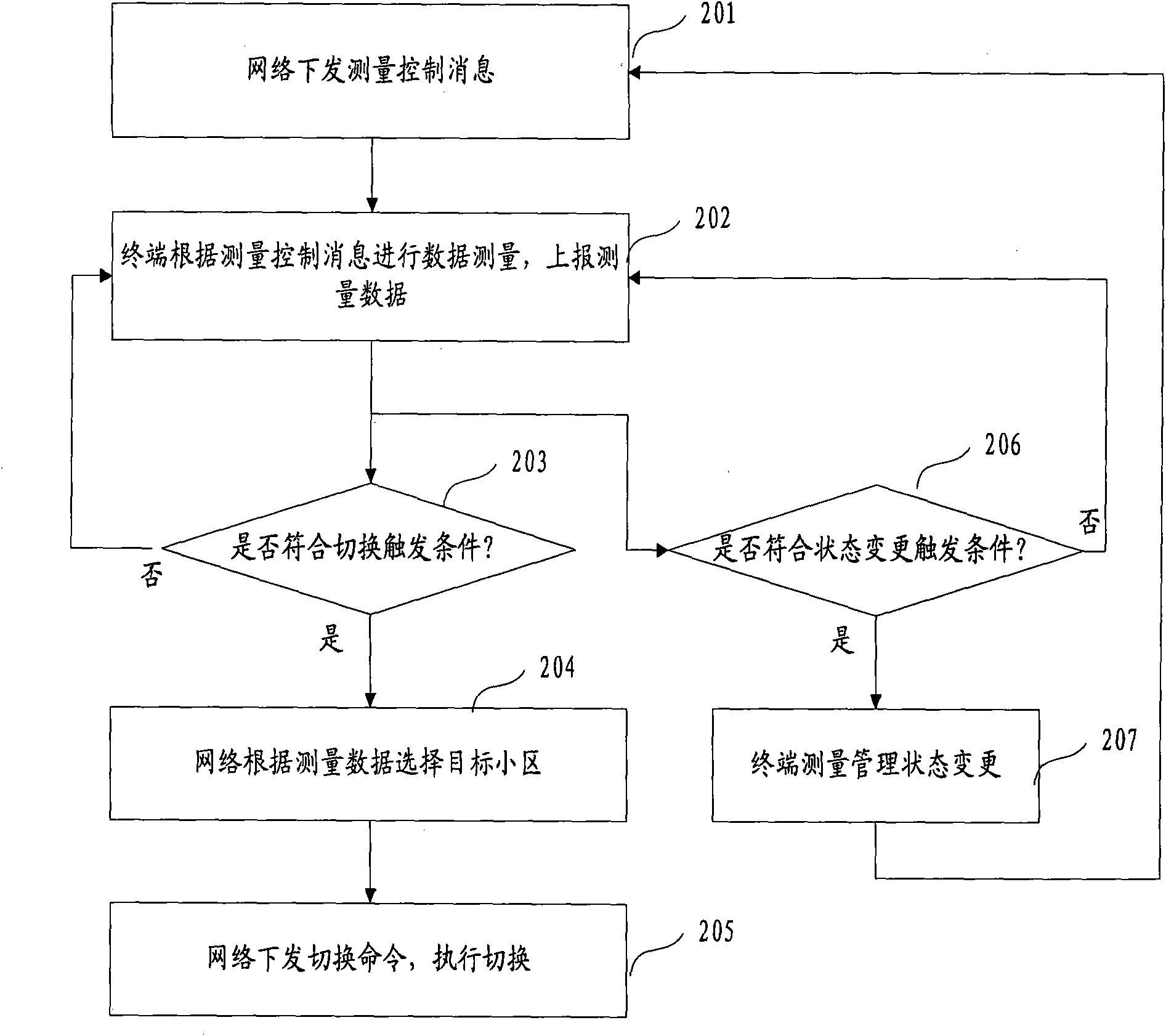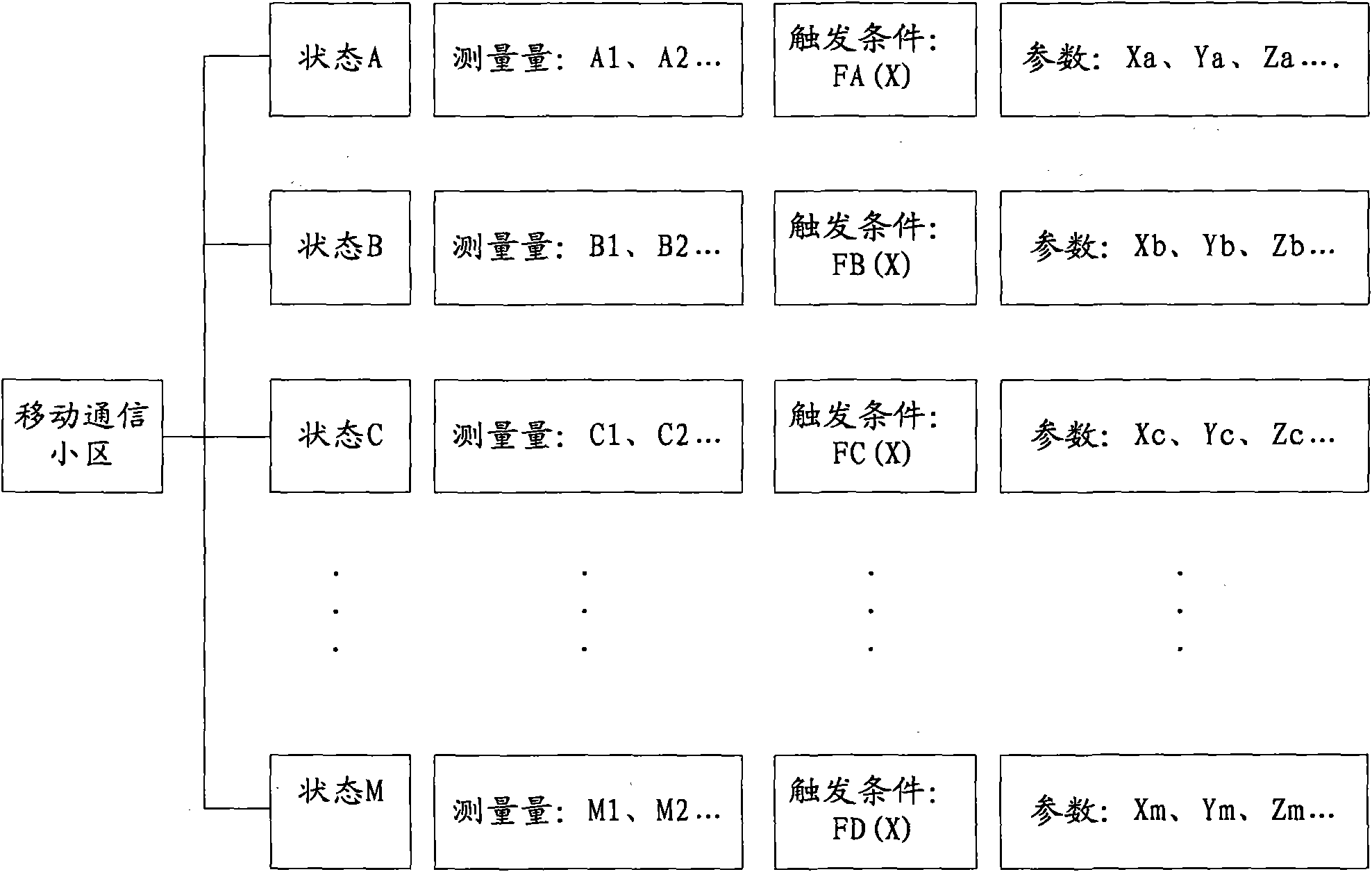Switching controlling method in mobile communication system and wireless network controller
A technology of a mobile communication system and a control method, applied in the field of wireless network controllers, can solve problems such as inaccurate handover control, and achieve the effects of precise control and quality improvement.
- Summary
- Abstract
- Description
- Claims
- Application Information
AI Technical Summary
Problems solved by technology
Method used
Image
Examples
Embodiment Construction
[0054] In order to make the technical problems, technical solutions, and advantages to be solved by the embodiments of the present invention clearer, a detailed description will be given below in conjunction with the drawings and specific embodiments.
[0055] figure 1 It is a schematic flowchart of a handover control method in a mobile communication system according to an embodiment of the present invention. Such as figure 1 , The method of this embodiment includes the following steps:
[0056] Step 101: The radio network controller determines the measurement quantity to be measured and the handover measurement in the current terminal measurement management state according to the corresponding relationship between the preset terminal measurement management state and the measurement quantity to be measured and the switching measurement control parameter Control parameters;
[0057] Step 102: The radio network controller delivers a measurement control message to the mobile terminal a...
PUM
 Login to View More
Login to View More Abstract
Description
Claims
Application Information
 Login to View More
Login to View More - R&D
- Intellectual Property
- Life Sciences
- Materials
- Tech Scout
- Unparalleled Data Quality
- Higher Quality Content
- 60% Fewer Hallucinations
Browse by: Latest US Patents, China's latest patents, Technical Efficacy Thesaurus, Application Domain, Technology Topic, Popular Technical Reports.
© 2025 PatSnap. All rights reserved.Legal|Privacy policy|Modern Slavery Act Transparency Statement|Sitemap|About US| Contact US: help@patsnap.com



